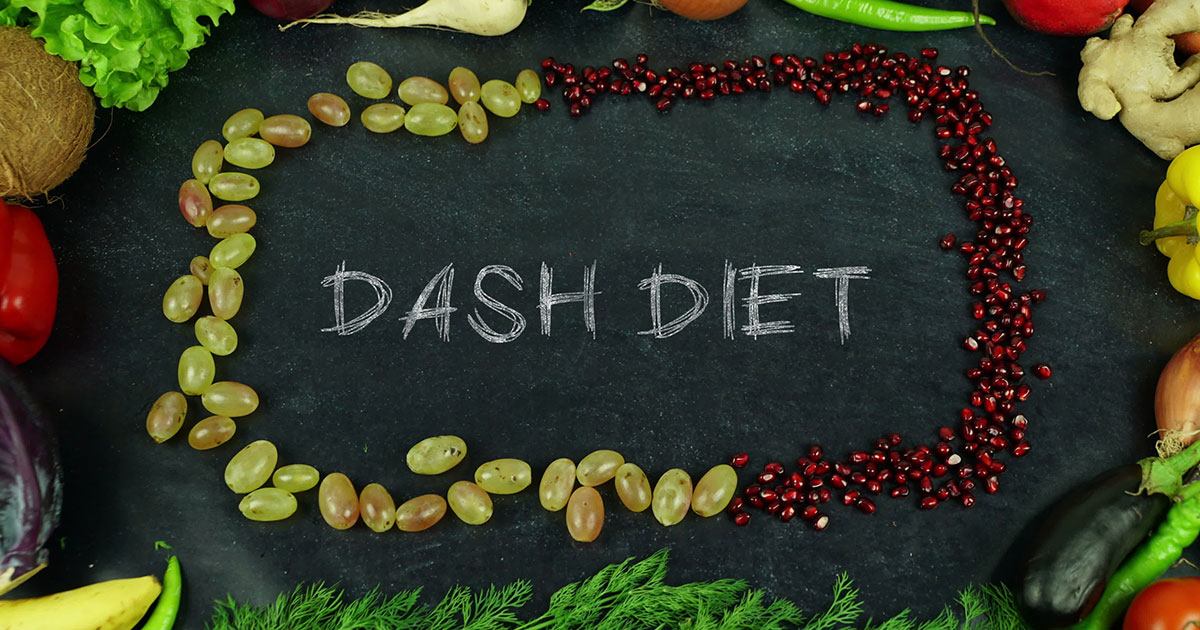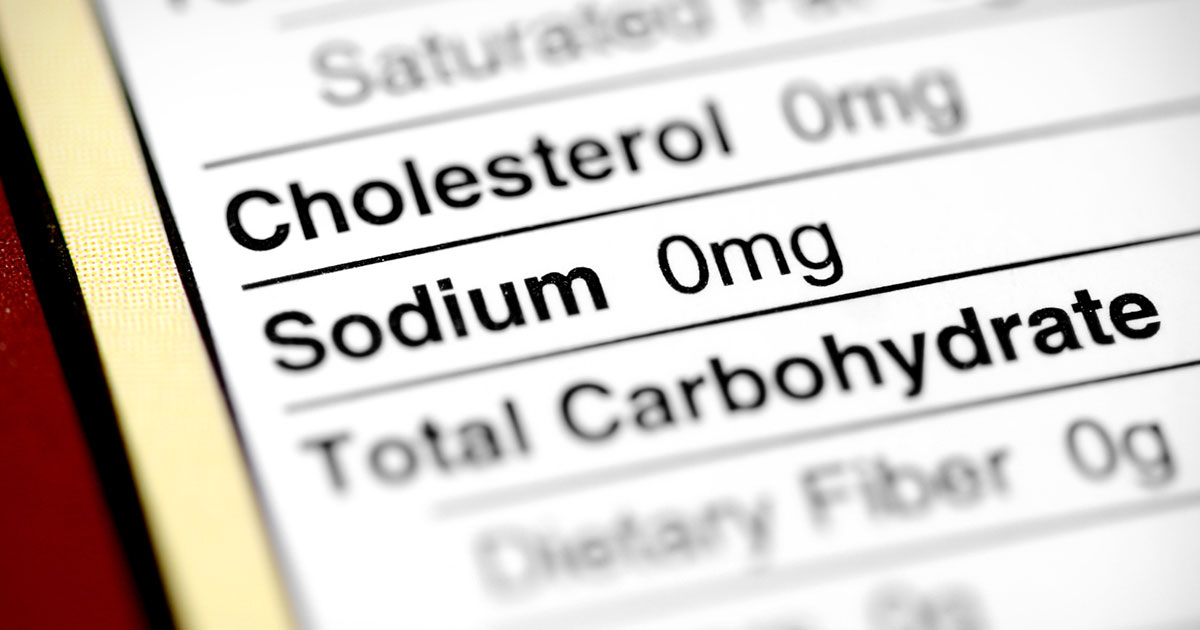Interesting Facts About The DASH Diet
When it comes to dieting, there seems to be an option for just about everything under the sun - from going gluten-free diet to the ketogenic diet. The most popular all-around diet for the eighth year running as of 2018, according to health experts with US News and World Report, is the Dietary Approaches to Stop Hypertension (DASH) diet. But what exactly does this diet entail? What aspects of patient health receive benefits? Let’s find out now!
What The DASH Diet Entails

The DASH diet, to put it in simple terms, wants individuals to focus on consuming whole grains like whole wheat bread and brown rice, plenty of fruits and vegetables, low-fat dairy products such as skim milk and mozzarella cheese, lean meat, and other foods low in saturated and trans fats. Why has this diet been so successful? It has been successfully proven to boost patient health and is a balance of healthy food groups and serving recommendations. When it comes down to it, all reports indicate the DASH diet is one that works.
Two Versions Of The DASH Diet

The DASH diet grew out of the DASH studies, in which participants were put into one of three categories. The first category acted as the control group, mimicking the typical American diet and daily sodium consumption of 3,400 milligrams. The other two were what became the standard DASH diet and the reduced sodium DASH diet, with no more than 2,300 milligrams and 1,500 milligrams a day respectively.
If a patient follows a 2,000 calorie DASH diet plan, the expected daily servings include six to seven of whole grains, four to five of vegetables and fruit, two to three of low-fat dairy, two to three of fats and oils, and six or fewer of lean meat (including poultry and fish). The diet plan also includes five weekly servings or fewer of sweets, and four to five weekly servings of nuts, seeds, and legumes.
